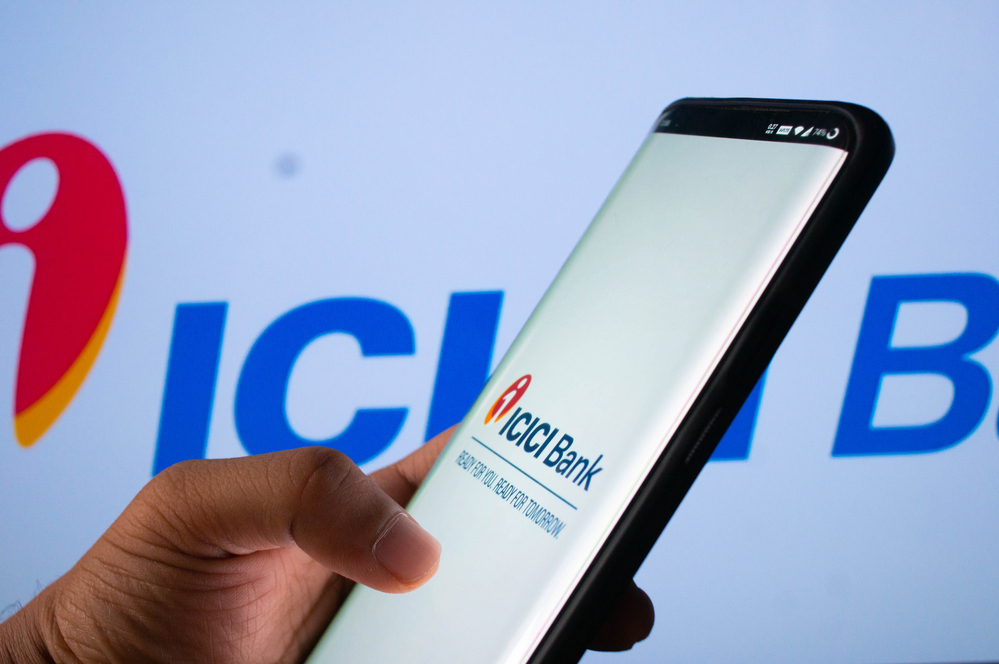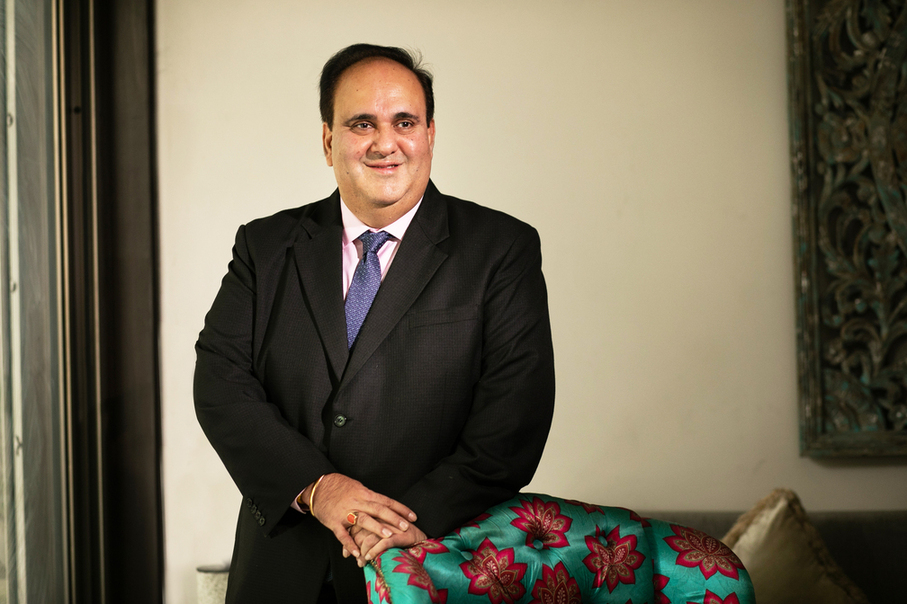Unified Trading Platform For Government and Private Securities May Help Develop Bond Mart
A unified platform for government and private securities could go a long way

A unified platform for government and private securities could go a long way in developing the corporate bond market in the country. “The unified platform for government securities (G-Secs) and corporate bonds will ensure trading, clearing and settlement takes place on one platform, backed up by an eco-system that provides for seamless transfer of government and private bonds. The mechanism will also help in better price discovery”, said Ajay Tyagi, chairman, Securities and Exchange Board of India (Sebi).
The Sebi chairman was addressing a gathering at industry body Assocham’s national conference on the corporate bond market in Mumbai on Wednesday.
“The plateauing of corporate bond issuances and declining bank credit disbursements are inextricably linked to the decline in corporate private investments, resulting in sluggish growth seen in various sectors of the economy,” said Tyagi.
The Sebi chief said for the economic growth trajectory to move to the next level all means of financing corporate investments need to fire up.
According to data made available by the market regulator, funds raised from corporate bonds has grown over the years from Rs 3.7 trillion in 2012-13, to Rs 6.5 trillion in 2018-19. He said credit disbursed by banks, however, declined from Rs 13 trillion in 2012-13 to Rs 11 trillion in 2018-19. Also, corporate bond issuances have remained flat, during the last three years, at an average of Rs 6.4 trillion.
The Sebi chief said that the fragmented yield curve is a fundamental problem in the Indian bond market.
“Naturally, therefore, it is important for us to have a robust, continuous g-sec yield curve. Unfortunately, we do not have the benefit of such a benchmark yield curve,” he said.
Tyagi said that primary issuances and trading are majorly concentrated in 10-year and 3-year and 5-year buckets. The longer end of the yield curve is predominantly dominated by debt papers of public sector undertakings (PSUs), financial institutions and select housing finance companies, while the shorter end is dominated by non-banking finance companies (NBFCs).
The Sebi chairman said the corporate bond market has to play an increasingly significant role in supporting India’s growth story considering the asset quality problems of banks.
To enhance robust price discovery, the regulator has suggested an electronic platform that enables multi-lateral negotiations to take place. “Negotiations that currently take place offline and bilaterally would have to be done on an electronic platform, with straight-through processing of clearing and settlement to complete the trade,” Tyagi said.








